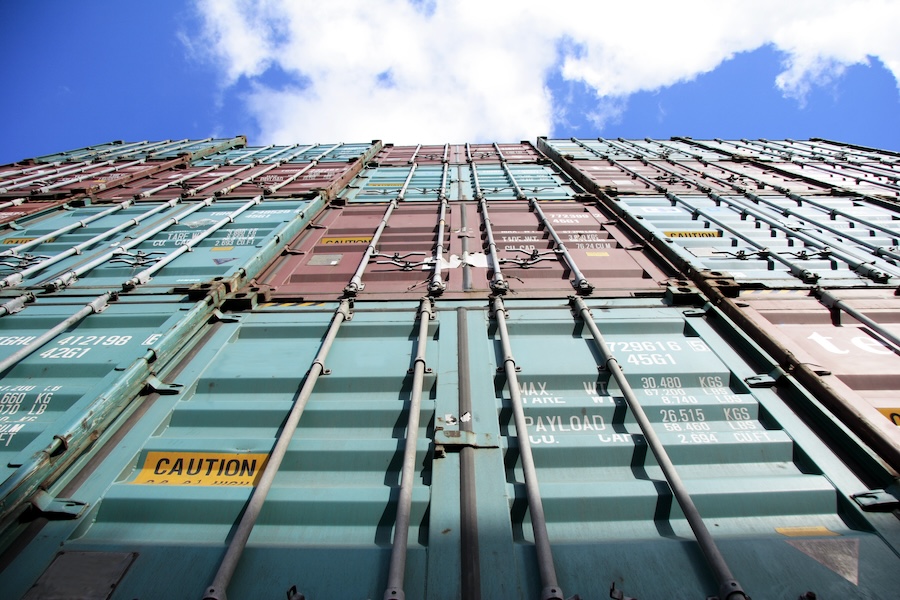In times marked by significant conflict, questions about the role of globalisation continue to be on the minds of many. The latest edition of the DHL Global Connectedness Report, released in partnership with New York University’s Stern School of Business, unveils a remarkable finding.
The 2024 Global Connectedness Report is based on the meticulous analysis of nearly nine million data points on country-to-country flows, and it measures the globalisation of 181 countries, covering 99.7 percent of the global economy and 98.7 percent of the world’s population. It provides a unique and comprehensive picture of how goods and services, capital, information, and people are moving around the world.
Findings shows that globalisation reached a record high in 2022 and remained close to that level in 2023. This outcome may surprise many readers, but the data are unambiguous: global connectedness remains strong, even as the public policy context has become less conducive to globalisation, and conflicts dominate the headlines.
“The resilience of global flows in the face of formidable threats sends a strong message about the value of a connected world. This should motivate leaders to redouble their efforts to expand the benefits of globalisation, while better managing its challenges,” says Steven A. Altman, Senior Research Scholar and Director of the DHL Initiative on Globalisation, NYU Stern.
The report also includes country-level analyses of 181 countries. This provides additional evidence of the resilience of global flows. The gains were widespread across countries and not just the result of a small number of countries becoming more globally connected.
In 2022, the most recent year for which we have full country-level data, 143 countries became more globally connected, while only 38 saw their levels of connectedness decline.
Interestingly, in the past year, New Zealand has fallen 13 places to rank 43rd out of 181 countries in the report.
Key takeouts from the report include:
- Global connectedness reached a record high in 2022 and remained close to that level in 2023. The resilience and growth of international flows of trade, capital, information, and people in the face of recent crises strongly rebuts the notion that globalisation has gone into reverse.
- Singapore is the world’s most globally connected country, followed by the Netherlands and Ireland. Singapore has the largest international flows relative to domestic activity, while the United Kingdom’s flows are the most broadly distributed around the world.
- U.S. – China ties continue to diminish. The shares of both countries’ flows involving the other have fallen by about one-quarter since 2016. The pullback from direct U.S. – China trade accelerated in 2023. But the U.S. and China are still connected by larger flows than almost every other pair of countries.
- Russia and Europe have decoupled, severing ties formerly deemed critical to both sides. Russia’s trade shifted away from Western-aligned countries, and foreign investment into Russia collapsed. Among major G20 economies, Russia had the largest single-year drop in global connectedness on record in 2022.
- Global flows show no general split of the world economy between rival geopolitical blocs. The share of trade happening between U.S.-aligned and China-aligned blocs increased during the Covid-19 pandemic and then fell after Russia’s full-scale invasion of Ukraine. Excluding Russia, it is now back roughly to its pre-pandemic level.
- Globalisation has not given way to regionalisation. Most international flows are taking place over stable or longer distances, with a declining share happening inside major geographic regions. Focusing specifically on trade, only North America shows a clear nearshoring trend.
- Corporate globalisation continues to advance. Companies are earning more of their sales abroad and the value of their announced international expansion projects is at its highest level relative to world GDP in more than a decade. The cross-border share of mergers and acquisitions is holding steady, as is the share of global output that companies produce outside of their home countries.
- The share of global trade in world GDP was at a record high in 2022. It declined modestly in 2023, consistent with the usual pattern of trade slowing more than GDP when global growth weakens. Trade growth is forecast to accelerate substantially in 2024 to a slightly faster pace than GDP.
- The globalisation of information flows has increased more than all other aspects of globalisation over the past two decades, but the latest data show this trend stalling. U.S. – China tensions have weighed on international research collaboration, and many countries have imposed restrictions on international data flows.
- The world’s absolute level of globalisation remains limited; domestic flows still far exceed international flows. The world’s current depth of global connectedness is only 25 percent on a scale from 0 percent (no flows cross national borders) to 100 percent (borders and distance no longer matter at all).




